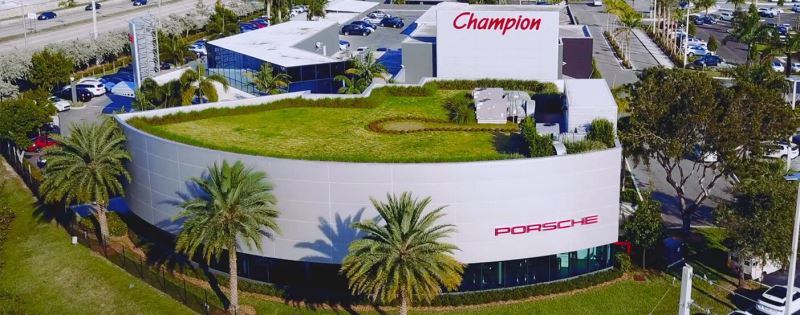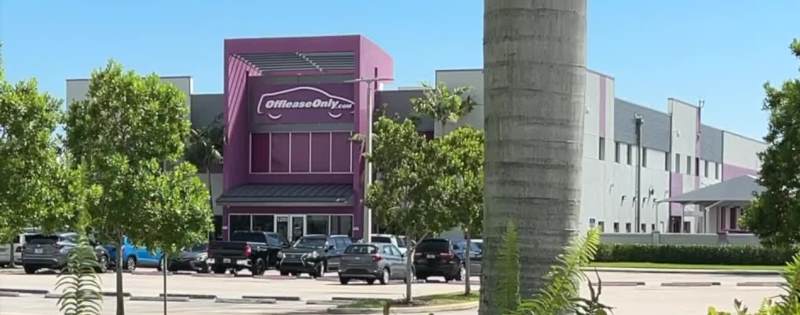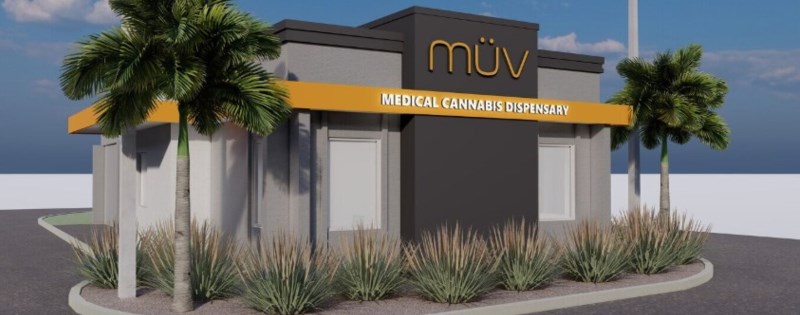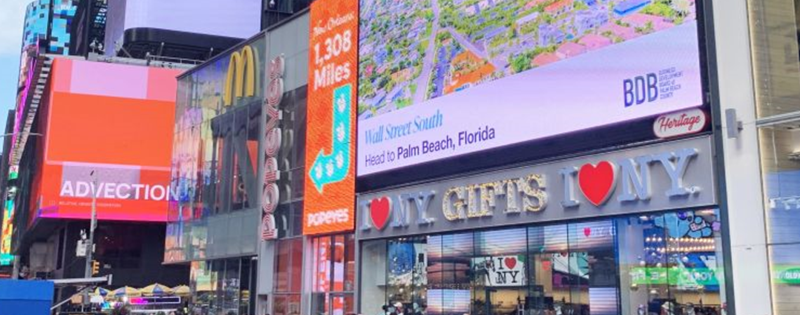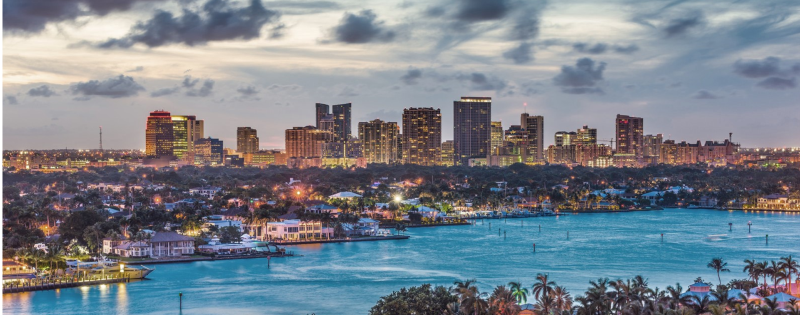A little chest thumping never hurt anybody — especially when business is sizzling during inflationary times.
In a case of “strike while the iron is hot,” or perhaps before it turns cold, the Business Development Board of Palm Beach County just took its decade-old “Wall Street South” campaign to midtown Manhattan with the purchase of one-day ads on giant electronic billboards in Times Square and nearby neighborhoods.
“Wall Street South. Head for Palm Beach, Florida,” said one. “Wall Street South. Your Future Is Bright in Palm Beach, FL.” said another.
Fort Lauderdale’s Downtown Development Authority, meanwhile, is circulating a report declaring that its central business district and Flagler Village are generating as much economic activity as Port Everglades and Fort Lauderdale-Hollywood International Airport. For this, think about amounts for each entity that are north of $30 billion a year.
The heads of both agencies are advocates of maintaining hard-earned momentum in a highly competitive economic development game made more difficult by stubborn rising costs for businesses and households.
Kelly Smallridge, president and CEO of the development board, said in an interview that her nonprofit agency caught a deal that was hard to resist: Color ads in three locations for $20,000 — not only for this past Wednesday, but for the forthcoming New Year’s Eve celebration as well.
“This is probably the boldest strategy from an advertising perspective we’ve engaged in anywhere in Manhattan,” Smallridge said. “I can’t image the hype that’s going to take place when it airs on New Year’s Eve.”
Development board representatives have been visiting New York for years touting the county’s “Wall Street South” campaign, which is designed to persuade executives from financial firms to locate or relocate offices, including headquarters, in Palm Beach County.
Smallridge said her agency was approached by a billboard ad firm and offered a discount rate designed for nonprofit agencies.
“We got very lucky and took advantage of it,” Smallridge said. “We could no way afford the real cost. They approached us to see if we wanted to buy it. They never would have had us on their radar had not been such a big story already. Every time you go to Manhattan, people say, ‘it’s not if we will move, but when.’”
She said the ads appeared at the Times Square Tower, the 43rd Rotunda, and on the “I Love NY” Board at 1530 Broadway,
In a statement, the Business Development Board says that since 2019, it has helped 100 firms open offices in Palm Beach County, which is home to 57 billionaires and 70,000 millionaires. Over the years, the board has even connected headmasters of local schools with company executives to assure them that their children will receive top-notch educations in the county’s schools.
“The 10-year campaign has yielded great results and has certainly boosted our economy in Palm Beach County from Boca Raton to Jupiter,” Smallridge said. “Among those gains: higher salaried jobs, more philanthropic donations to local nonprofits, and companies “run by very smart people. They want to be ingrained in the community,” she said of the newcomers. “None of them has received any financial incentives to move here. We are definitely becoming a finance hub in the Southeastern United States. It’s going to be a continuous effort and we’re not going away any time soon.”
A Surge In Fort Lauderdale
Jenni Morejon, the DDA president and CEO, said the downtown’s growth has its “building blocks” in the wake of the recession triggered by the housing collapse 15 years ago.
A report commissioned by the DDA and authored by Walter Duke + Partners, a commercial real estate appraisal firm, concludes that the downtown area, which is defined as a 2.2-square-mile area that runs north of 17th Street to the central business district, Flagler Village and Sunrise Boulevard, “has an annual economic impact of $35.7 billion, a $6 billion increase from 2019.”
The impact figure rivals Port Everglades and Fort Lauderdale-Hollywood International Airport, the authority says. They combine for more than $105 billion in economic activity such as jobs, generation of tax revenue and business transactions.
“There are 40 new developments “somewhere in the review pipeline, with some approved by a city review committee,” said Morejon. “I think the sustainable growth in downtown Fort Lauderdale is certainly something unique. Not a lot of cities get that. We’ve grown in population about 35% since 2020, a little over 60% since 2018 and almost a complete doubling of population since 2010.”
The downtown area is now roughly 26,000, according to the report.
The DDA, though, has no plans to broadcast highlights of its uplifting report on Times Square billboards. In the past, Visit Lauderdale, the tourism promotion agency for Broward County, has advertised its latest campaigns there.
Source: SunSentinel

